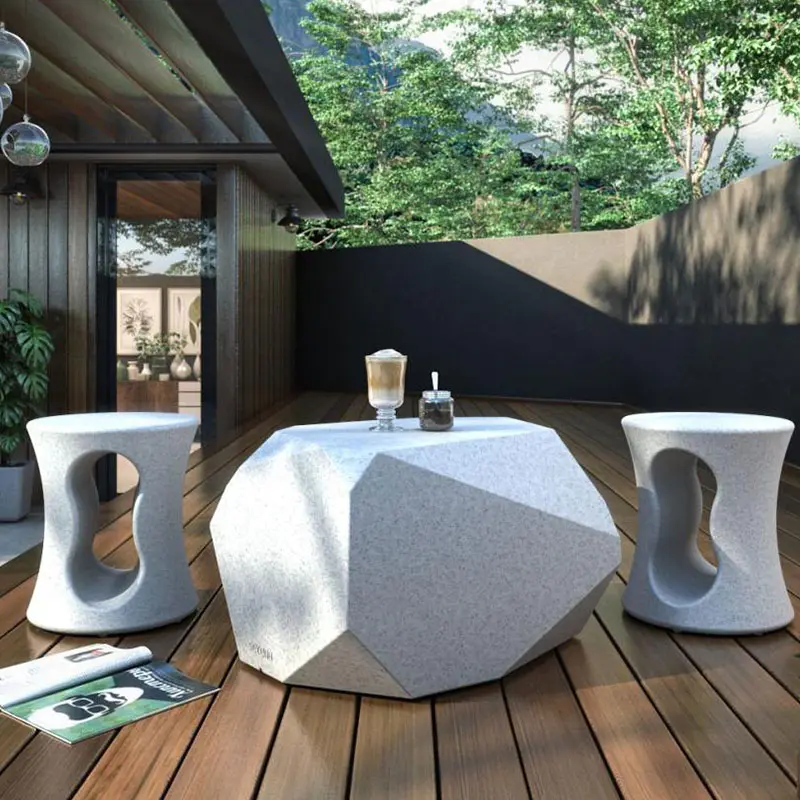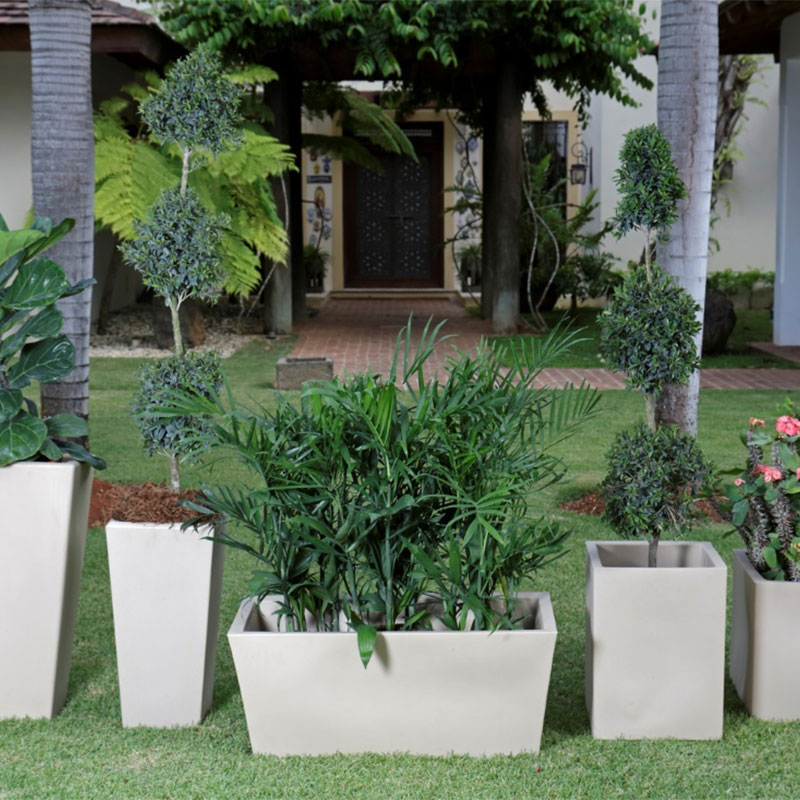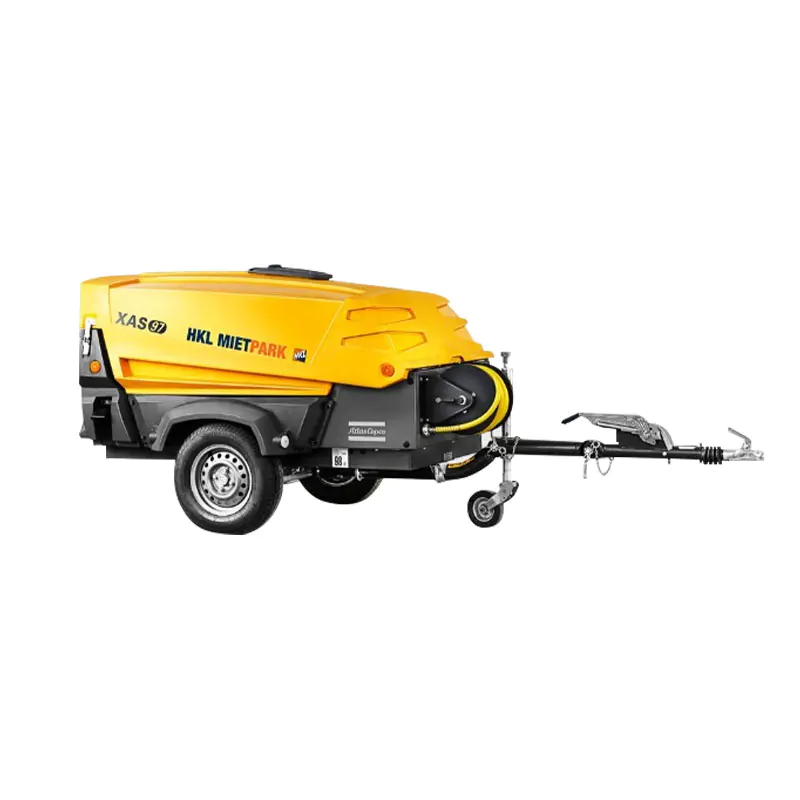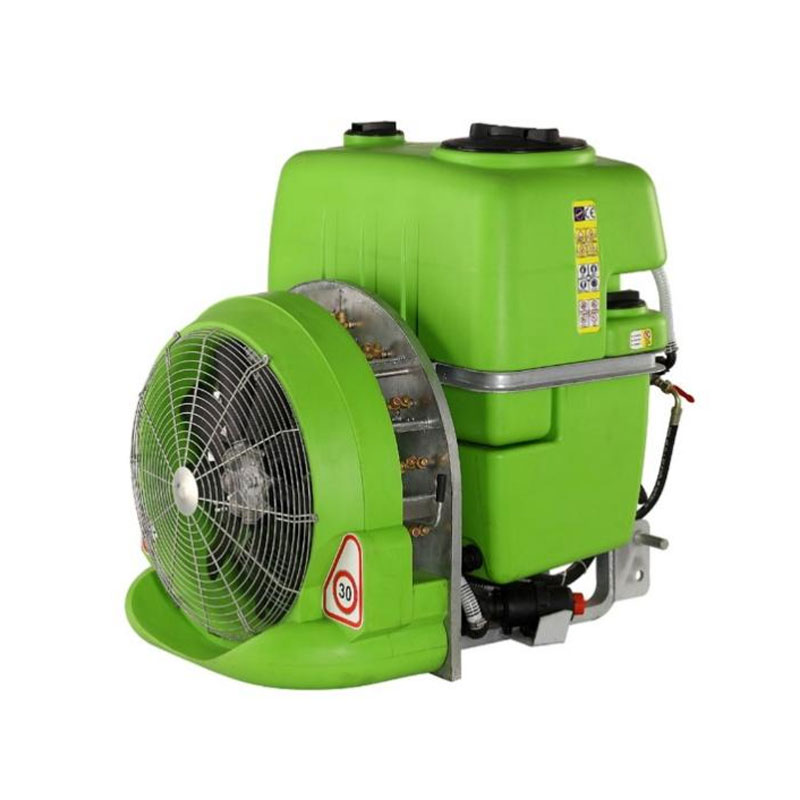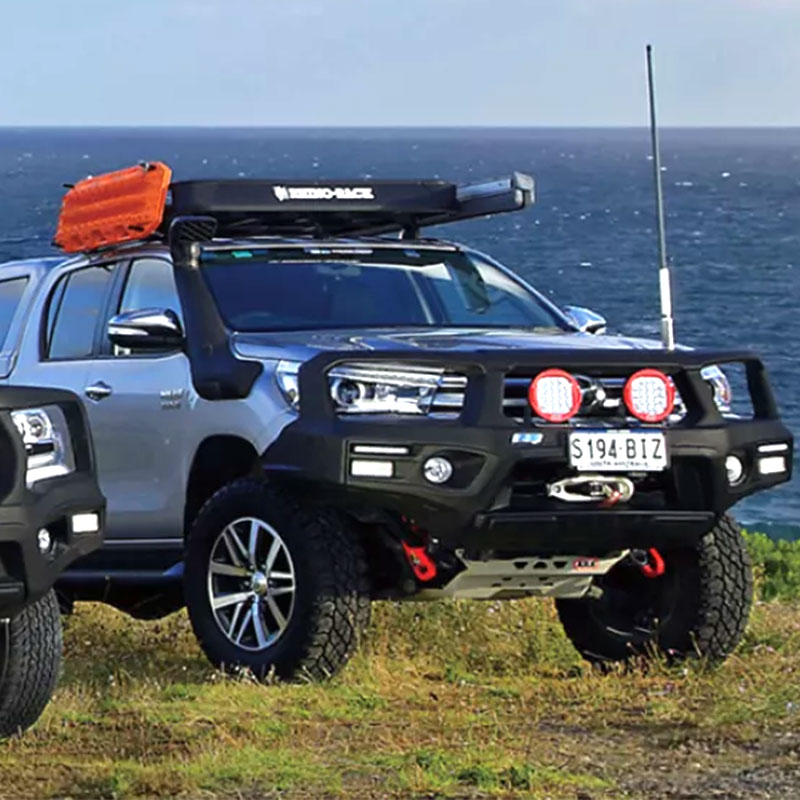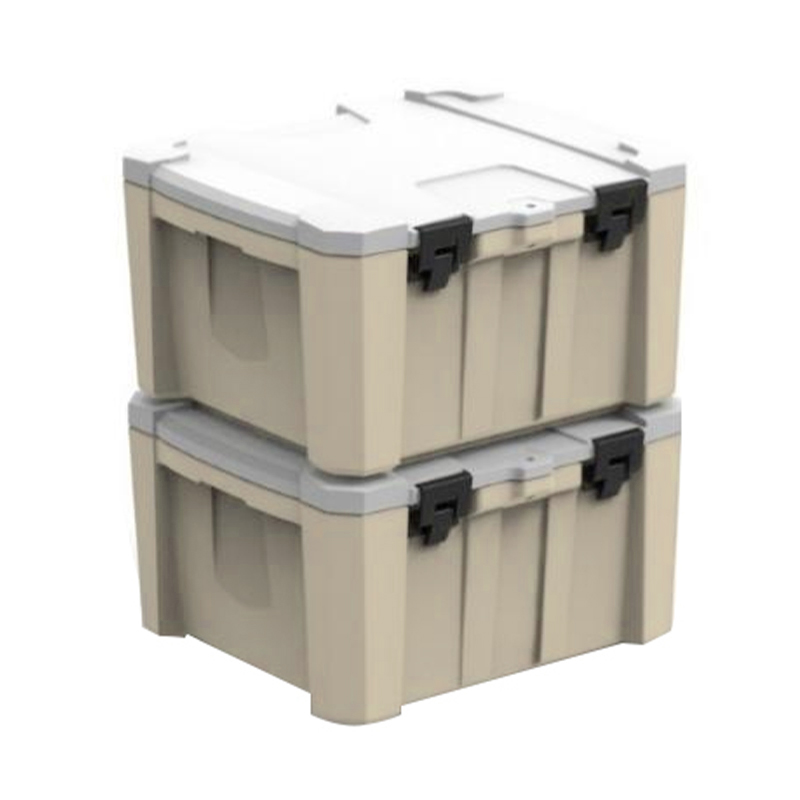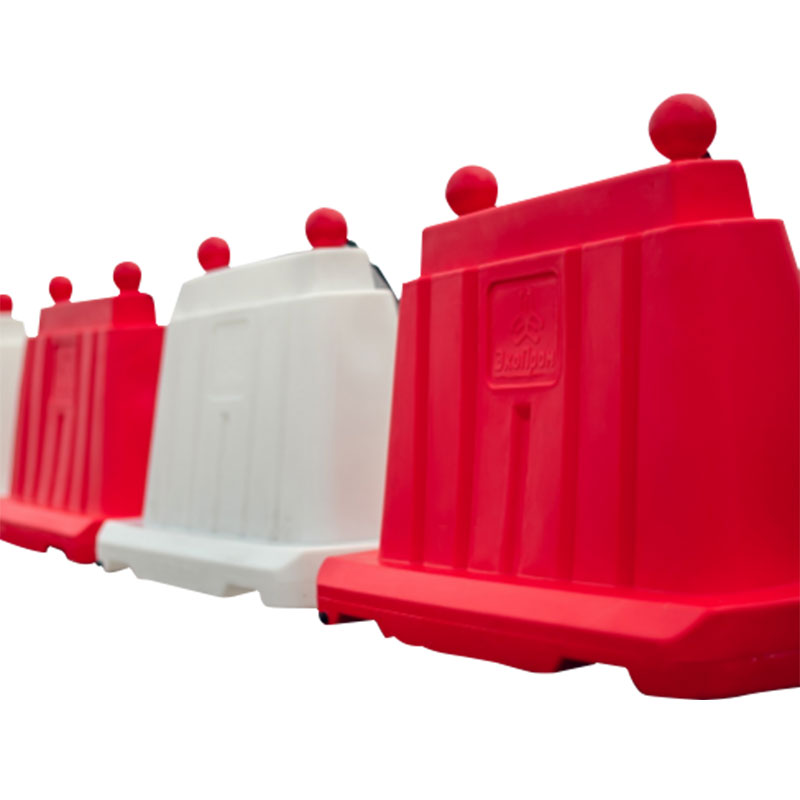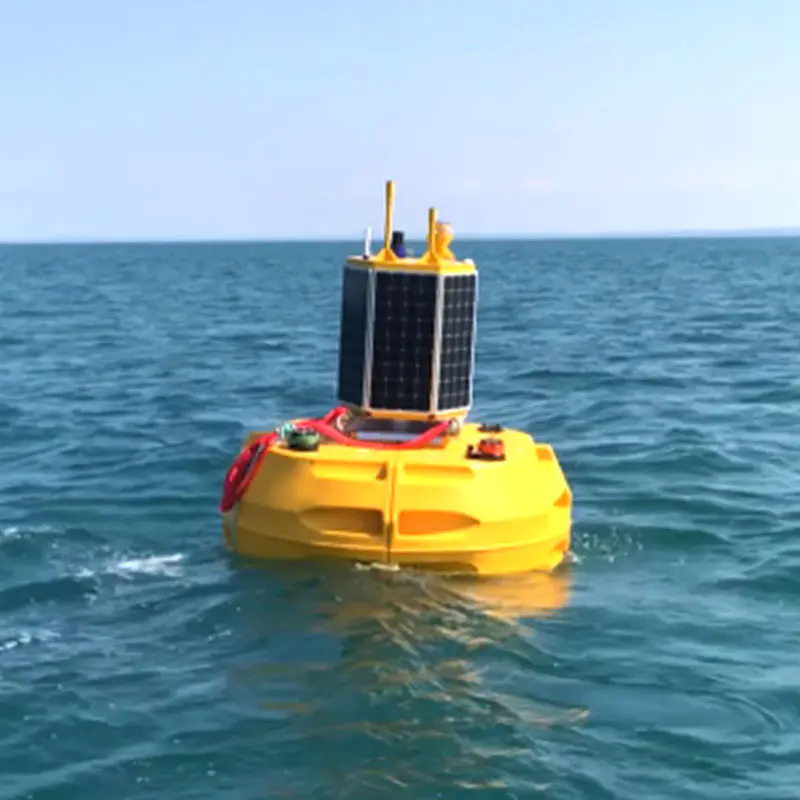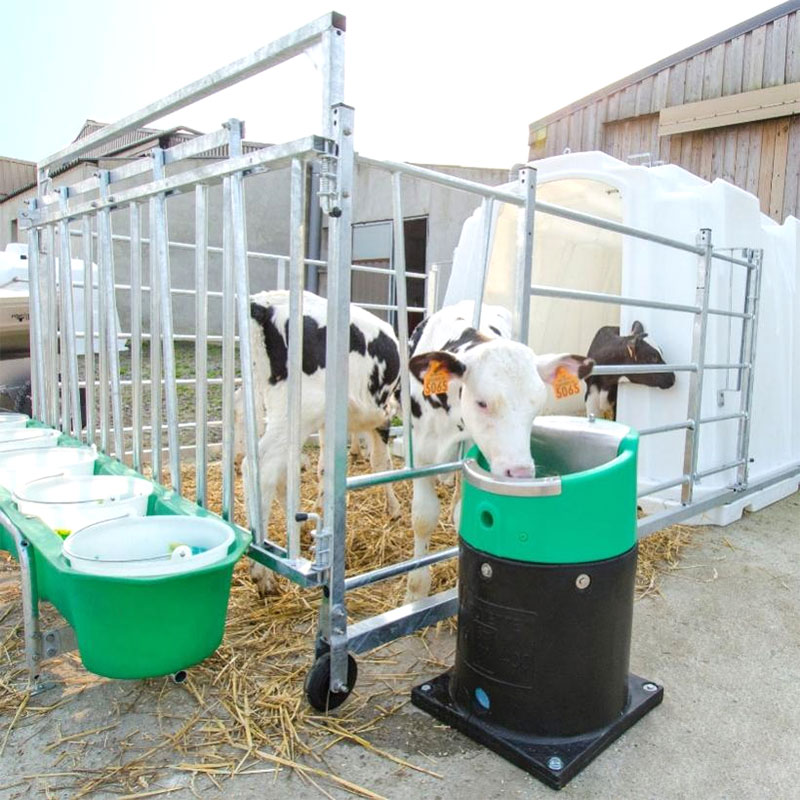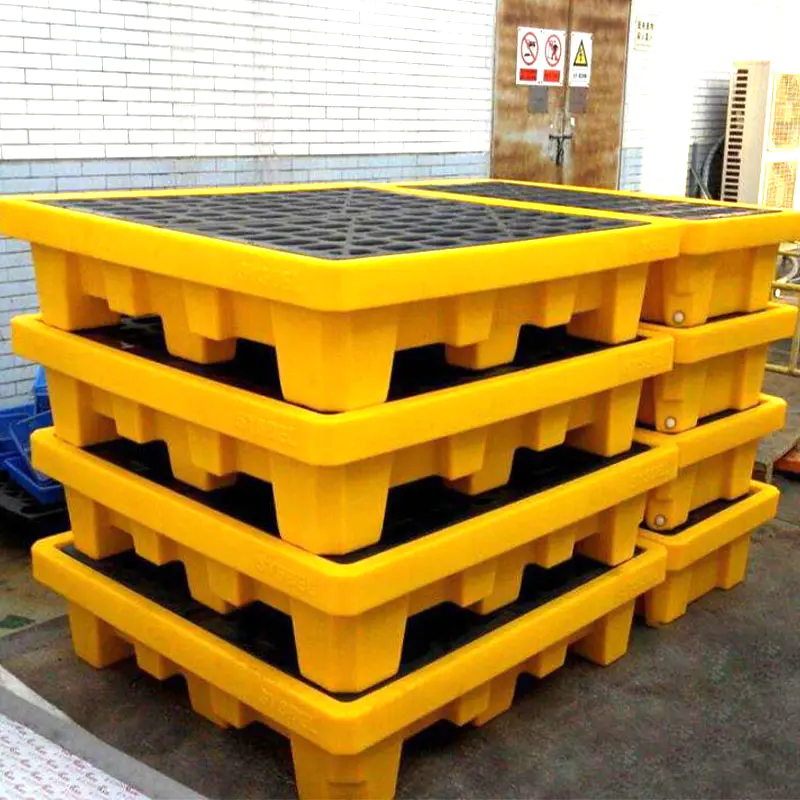Introduction to the Process and Its Relevance
The agricultural sector continuously evolves, adopting manufacturing processes that enhance durability, efficiency, and animal welfare. Among these processes, rotational molding has emerged as a significant method for producing a wide array of essential equipment. This article provides a detailed examination of the specific types of livestock breeding products manufactured using this technique. The livestock breeding rotational mold process involves a heated hollow mold that is rotated biaxially, causing the plastic material to evenly coat the interior. This method is distinct from other forms of plastic manufacturing and offers unique advantages for agricultural applications. The fundamental principle lies in creating seamless, one-piece constructs that are inherently robust and leak-proof. This characteristic is paramount in environments where structural failure can lead to significant operational disruptions, health hazards for the animals, and financial losses. The products derived from a livestock breeding rotational mold are designed to withstand the demanding conditions of modern farming, from extreme weather fluctuations to the physical impact of animal contact and the corrosive nature of agricultural chemicals. As we delve into the specific product categories, it will become clear why this manufacturing method has become a cornerstone for producers seeking long-term, reliable solutions for their operations. The focus on a livestock breeding rotational mold is not merely about the object itself, but about investing in a system that supports sustainable and efficient animal husbandry practices.
Fundamental Characteristics of Rotomolded Livestock Equipment
Understanding the types of products available is greatly enhanced by first appreciating the inherent properties that the rotational molding process imparts. These characteristics directly answer the common needs and pain points identified through buyer industry search terms such as “long-lasting farm equipment” and “low-maintenance animal troughs”. The primary advantage of any item created from a livestock breeding rotational mold is its seamless construction. Unlike assembled products that have joints, seams, or welds, rotomolded items are a single, continuous piece of plastic. This design eliminates the most common points of failure, effectively preventing leaks and reducing areas where bacteria, mold, and pests can accumulate. This is a critical feature for biosecurity in livestock operations, ensuring that feeding and watering points do not become reservoirs for disease.
Another defining characteristic is the exceptional impact resistance of these products. The polyethylene powder used in the process, when properly molded, results in a wall structure that can absorb significant physical shock without cracking or denting. This is essential for equipment used with large animals such as cattle or horses, which may bump, kick, or lean on feeders and water tanks. Furthermore, materials used in a livestock breeding rotational mold are typically compounded with additives to provide UV stabilization. This protects the plastic from the degrading effects of prolonged sun exposure, which can cause other materials to become brittle and fade. The combination of UV resistance and a wide operational temperature tolerance ensures that products remain functional and structurally sound through seasonal extremes, from freezing winters to scorching summers. Finally, the plastic used is non-corrosive and chemically inert. It does not rust like metal or degrade like certain woods when exposed to water, manure, or cleaning agents. This corrosion resistance translates to a longer service life and reduces the need for frequent replacements, a key consideration for any operational budget. These fundamental traits—seamlessness, impact resistance, weatherproofing, and corrosion resistance—form the foundational value proposition for all products discussed in the subsequent sections.
Feeding and Watering Systems: The Core of Livestock Management
The most prevalent and critical products originating from a livestock breeding rotational mold are those designed for feeding and watering. These systems are the lifeline of any breeding operation, and their reliability directly impacts animal health, growth rates, and operational efficiency. Common user search terms like “large plastic feed troughs” and “automatic livestock waterers” often lead to rotomolded solutions due to their proven performance in these applications.
Feeders and feed troughs represent a primary category. These are available in a multitude of shapes and sizes, tailored for different species and herd sizes. For example, a livestock breeding rotational mold can produce small, wall-mounted feeders for piglets or kid goats, as well as large, circular troughs capable of serving an entire herd of cattle. The design often includes rounded corners, a feature easily achieved through rotational molding. These rounded interiors are not just structurally sound; they prevent feed from accumulating in corners, promoting easier cleaning and reducing waste. This design consideration supports better feed hygiene and overall herd health management. The durability of the material ensures that the feeders can withstand the constant nosing and pushing of animals without sustaining damage that could otherwise become a hazard.
Watering systems are equally important. Rotomolded water tanks are ubiquitous in pastures and barns. Their seamless nature is perhaps most valuable here, as it guarantees a leak-proof container for a precious resource. Modern rotomolded waterers often incorporate design elements such as float valve assemblies for automatic refilling, ensuring a constant supply of fresh water. The material’s resistance to algae growth and its ease of cleaning are significant benefits. Furthermore, the plastic provides a degree of insulation, which can help prevent water from freezing as quickly as it would in a metal tank in marginally cold conditions, though for severe climates, specialized heated models are also produced using the same molding principle. The use of a livestock breeding rotational mold for these hydration solutions provides a reliable, long-term asset that minimizes water loss and labor associated with manual filling.
Table: Advantages of Rotomolded Feeding and Watering Systems
| Feature | Benefit for Livestock | Benefit for the Breeder |
|---|---|---|
| Seamless, One-Piece Construction | Prevents leakages; eliminates hiding spots for bacteria. | Reduces water waste; enhances biosecurity; lowers maintenance. |
| Impact-Resistant Material | Safe for animals; no sharp edges from dents or breaks. | Long service life; reduced replacement costs. |
| Rounded Interiors | Encourages complete consumption of feed; easy for animals to access. | Minimizes feed waste; simplifies and speeds up cleaning. |
| UV Stabilized & Weatherproof | Product integrity is maintained outdoors. | Suitable for year-round use in all weather; good return on investment. |
Animal Housing and Confinement Solutions
Beyond nourishment, the well-being of livestock is heavily dependent on their living environment. The livestock breeding rotational mold process is extensively used to create various housing and confinement structures that provide shelter, security, and a controlled microenvironment. These products answer buyer industry search terms related to “portable livestock shelters” and “calf hutches”.
One of the most common applications is in the production of calf hutches. These individual housing units are critical for managing the health of young bovines by isolating them from potential pathogens in the main herd. A rotomolded calf hutch offers excellent insulation properties, protecting the calf from wind, rain, and extreme temperatures. Its smooth, seamless interior is easy to sanitize between occupants, a vital practice for breaking disease cycles. The durability of the structure ensures it can be used for many seasons, providing a consistent and reliable environment for each new calf. Similarly, farrowing crates for sows and piglets, while more complex, can incorporate major rotomolded panels and floors that are easy to clean and provide a non-slip surface for the animals.
Portable shelters and field huts for poultry, goats, or sheep are another significant product category. The lightweight yet robust nature of rotomolded plastic makes these structures easy to move for rotational grazing practices, a key aspect of sustainable pasture management. These shelters provide essential shade and protection from the elements. Furthermore, larger confinement items such as rotomolded livestock transport boxes and handling crates are also produced. These items benefit from the strength and impact resistance of the material, ensuring they can withstand the stresses of moving and containing animals while also being simple to hose down and disinfect after use. The ability of a livestock breeding rotational mold to create large, hollow, and complex shapes makes it ideal for these types of enclosures, which must be both functional for the animal and convenient for the handler. The overarching goal is to create a stress-free environment for the animal, which in turn promotes better health and productivity.
Manure and Waste Handling Equipment
Efficient management of waste is a non-negotiable aspect of modern livestock breeding, crucial for environmental protection and operational hygiene. The livestock breeding rotational mold process is instrumental in creating equipment that handles this challenging task effectively. Products in this category are designed to be exceptionally tough and chemically resistant, addressing the corrosive nature of manure and the cleaning agents used.
The most prominent product in this segment is the manure spreader tank. While the entire spreader is a complex machine, the tank that holds the liquid manure is often a large, rotomolded component. The seamless construction is vital here, as it prevents leaks of a highly polluting substance during transport and application. The plastic is impervious to the corrosive effects of the slurry, ensuring the tank’s integrity over many years, unlike metal tanks which can succumb to rust. Similarly, slurry vacuum tanks and storage containers are produced using the same method, providing a reliable and durable solution for waste containment.
On a smaller scale, a livestock breeding rotational mold is used to produce a range of utility carts and muck buckets. These items are used for daily barn cleanouts, moving soiled bedding, and transporting feed. Their lightweight nature, compared to metal alternatives, reduces user fatigue, while their strength allows them to be loaded heavily without risk of failure. The smooth surfaces prevent waste from adhering, making them easy to empty and clean. This contributes to a more efficient workflow and a higher standard of barn cleanliness. The search for corrosion-resistant farm tools often leads buyers to these rotomolded solutions, as they represent a practical and long-lasting answer to the demanding task of waste handling. The investment in such equipment pays dividends through reduced downtime for repairs and a lower total cost of ownership.
Niche and Specialized Applications
The versatility of the rotational molding process allows it to be used for a wide range of specialized products that address specific needs within a livestock breeding operation. These items may not be as ubiquitous as feeders or water tanks, but they play a critical role in niche areas of animal husbandry. The adaptability of a livestock breeding rotational mold means that custom solutions for unique challenges can be effectively manufactured.
One such application is in the creation of footbaths for livestock. Used primarily for cattle and sheep, footbaths are essential for preventing and controlling hoof diseases like digital dermatitis. A rotomolded footbath is seamless, leak-proof, and highly resistant to the formalin or copper sulfate solutions typically used. Its durability ensures it can withstand being moved and placed in high-traffic areas. Another specialized product is the rotomolded egg incubator. While not for large-scale commercial use, smaller, rotomolded incubators are popular among smallholdings and poultry breeders for their excellent thermal insulation properties, which contribute to stable temperature control—a key factor for successful hatching.
Furthermore, the process is used to create custom containment units for veterinary supplies, mobile workstations for farm tasks, and even protective covers for sensitive equipment. The ability to produce double-walled structures for added insulation or to incorporate metal inserts and fittings during the molding process expands the possibilities for specialized equipment. This highlights a key advantage of the livestock breeding rotational mold: its flexibility. It allows equipment manufacturers to design and produce solutions that are perfectly tailored to the intricate and varied demands of different livestock species and breeding methodologies, from dairy and beef to swine and poultry. This capacity for customization ensures that the technology remains relevant and valuable across the diverse spectrum of agricultural practices.
Conclusion: The Integral Role of Rotational Molding
In summary, the application of rotational molding within the livestock breeding industry is both extensive and essential. From the fundamental feeders and waterers that sustain animal life to the specialized housing and waste handling equipment that define a modern, hygienic operation, the products derived from a livestock breeding rotational mold are integral to daily functions. The process itself confers a set of characteristics—seamlessness, durability, weather resistance, and corrosion immunity—that align perfectly with the demanding requirements of an agricultural environment.
The exploration of product types demonstrates that this is not a limited field but a dynamic one, capable of addressing both universal and niche needs. The prevalence of these products, often discovered through searches for “durable livestock tanks” or “plastic calf hutches”, is a testament to their accepted value and performance in the field. The initial investment in equipment made from a livestock breeding rotational mold is justified by its long service life, reduced maintenance demands, and the positive impact on animal welfare and operational efficiency. As the industry continues to advance towards greater sustainability and productivity, the role of reliable, well-designed equipment becomes ever more critical. Rotational molding, with its unique capabilities and proven track record, is poised to remain a key manufacturing process supporting the global livestock breeding sector for the foreseeable future, providing practical and enduring solutions to the challenges of animal husbandry.

 English
English 中文简体
中文简体 русский
русский Español
Español
